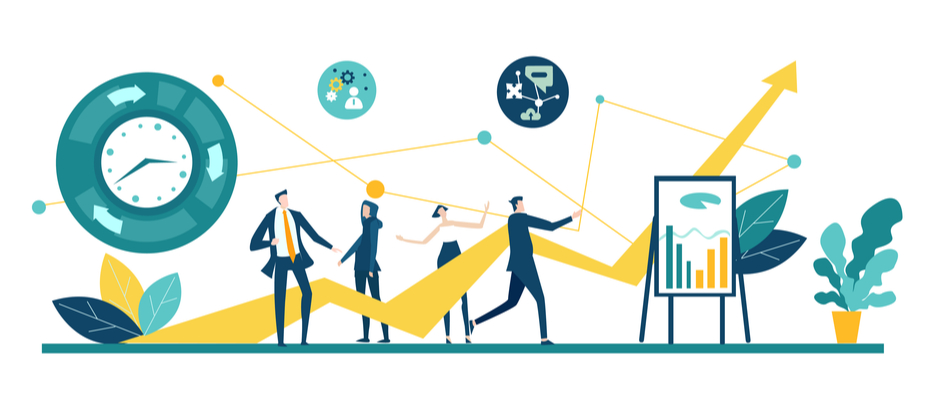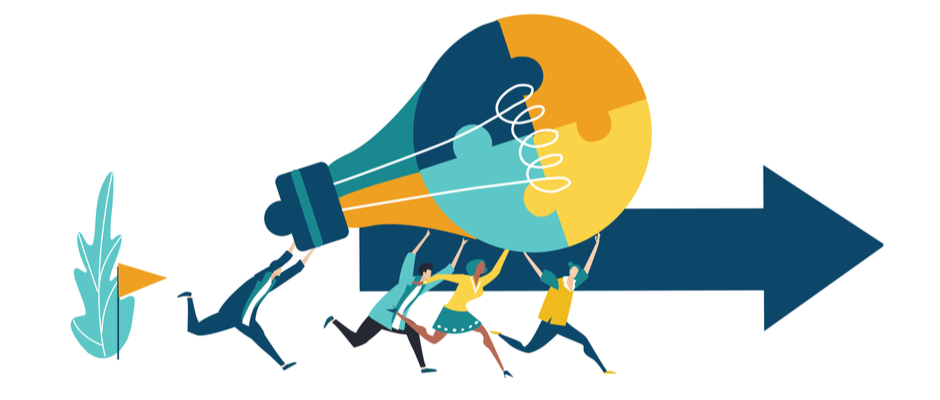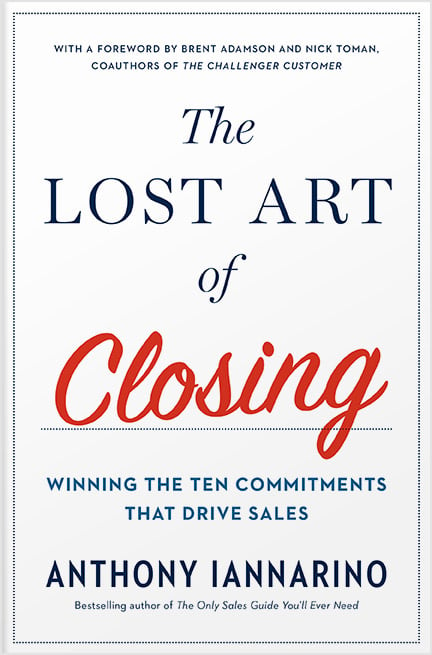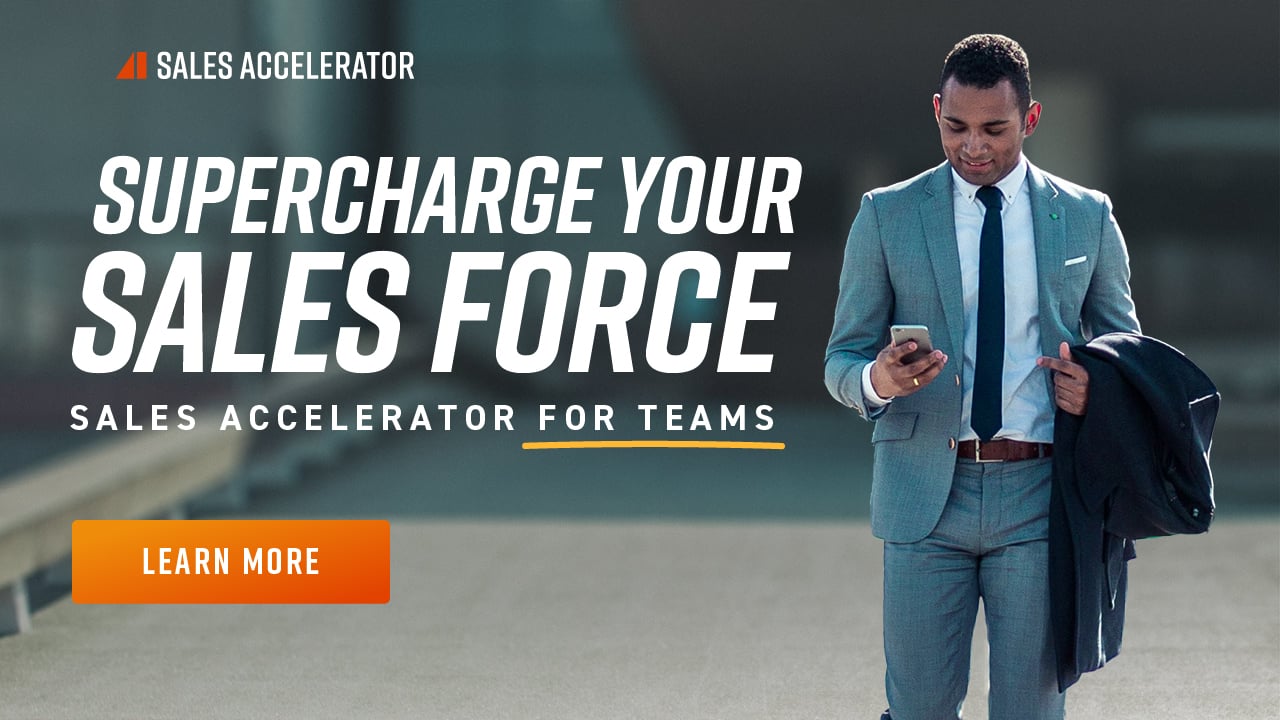The Gist
- The legacy laggard approach starts the conversation with “why us?”
- The legacy solution approach starts with “why us and our solutions?”
- The modern approach starts with “why change?”
See My Part 1, From Legacy to Modern Sales Approaches

It’s difficult to imagine that the legacy approaches are still taught and trained after seventy years of cultural and economic change. There are, however, companies that still use these outdated and ineffective approaches to B2B sales. Sales leaders and sales managers often teach and train their sales force what they learned back when they were in sales, for good or for ill.
It isn’t only nostalgic leaders that prevent a transformation to a modern sales approach, though. The marketing and product development departments also prevent a transformation by insisting that salespeople start with certain conversations. Marketing favors sharing information that answers the question “why us?” No matter how large or venerable the company, this legacy approach prioritizes a conversation that creates no value for the client. Similarly, product development would have the sales force prioritize the value of the solution, another conversation that is almost certainly out of order.
Those who have used the legacy approaches and moved on to a modern approach will recognize and recoil from those strategies.
Legacy Laggard: Why Us
It’s important to recognize that these approaches were not poorly designed; instead, they were right for time in which they were created, even if they are not suited for today’s selling and buying environment. In the 50s and 60s, starting with “why us?” was a way to establish the company’s bona fides, as a way to provide the salesperson with the credibility they needed to sell their product or their service. Buying and selling were infinitely more transactional than they are today, and the general rule was caveat emptor (buyer beware).
If you sold as late as the 1990s, you were probably taught and trained to use this approach, complete with a predictable slide deck and sales call script.


Legacy Solutions: Why Us + Why Our Solution
Adapting to our buyers’ needs changes how we sell. Every buyer adjusts to their environment, requiring a different level of value and understanding, and salespeople must discover how to address that growth. As our economy grew in size and complexity, buyers needed help producing certain results. They had problems—sometimes even 99 of them—and they needed solutions.
Over time, the sales conversation shifted from products and services to solutions. To complement “why us,” legacy salespeople added “why our solution,” explaining exactly how their solution would solve the client’s problem. The differentiation available to salespeople was primarily found in their solutions, so naturally it was prioritized.
In this approach, your slide deck would start with your company’s story, a picture of your headquarters, a map of your location, all your awards and accolades, and the logos of the other companies that bought your solution. With that established, you would share why your solution was superior to any other choice on the market.
It’s important to recognize that this approach wasn’t bad selling at the time; in fact, it worked well for a large number of salespeople. It’s easy to criticize this approach now, but it was “modern” in its time. Anyone who used this approach when it was being taught and trained would tell you that it was powerfully effective. But like all things, as the environment changes, you must adapt.


Modern Approach: Why Change
The complex environment we find ourselves in today features increasing interdependence, with a greater number of competitors offering a growing diversity of delivery models. That complexity creates the possibility of large events, like the dot-com bubble of 2001, the financial crisis of 2007, the pandemic of 2020, and the coming Bitcoin crash.
The modern approach is designed to help clients change before they need to change. It provides them with a way to understand their world, their challenges, and their opportunities. It addresses the need for certainty and the consensus necessary for any significant change. It is also focused on solving higher-level problems, producing the strategic results the client needs.
Now, that doesn’t mean that answering “why us” or even “why our solution” has no place in a modern sales conversation. But you have to put it in the right context, such as showing how your experience ensures that your client will generate the better results you promise. Some modern approaches even include this move in the first meeting—just in case the client doesn’t recognize the value of their insights. Likewise, a modern approach to sharing your solution explains how that solution generates the strategic outcomes your client needs. In both cases, these conversations are later in the conversation than they were in the past, and they are offered in a different context.
That said, I can still remember when I learned that “why change?” was more effective than either of the legacy approaches. Because I worked in a highly commoditized industry where winning meant displacing my competition, the fact that I had a better solution became less important to clients. Many potential clients knew that change was difficult and risky, so they preferred to stick with the devil they knew (and some of them were indeed devils).
While struggling to compel a client to change, I decided to brief them on the market and their current position compared to their competition. All I did was show them facts, providing very little commentary. As they processed what they saw and heard, they recognized that their assumptions were false. They immediately made the change that I had been asking them to make for years. From that point forward, I never carried my Legacy Solution slide deck, and I never needed it to win a deal.
Read the next chapter in the series: Part 3 | Information
Do Good Work
- Start the sales conversation in a way that creates value for your prospective client.
- Avoid conversations that don’t enable your prospective clients to better understand their world and help them make change.
- Answer “why us and why our solution?” only when it helps explain how you are going to help your client achieve the outcomes they need.












